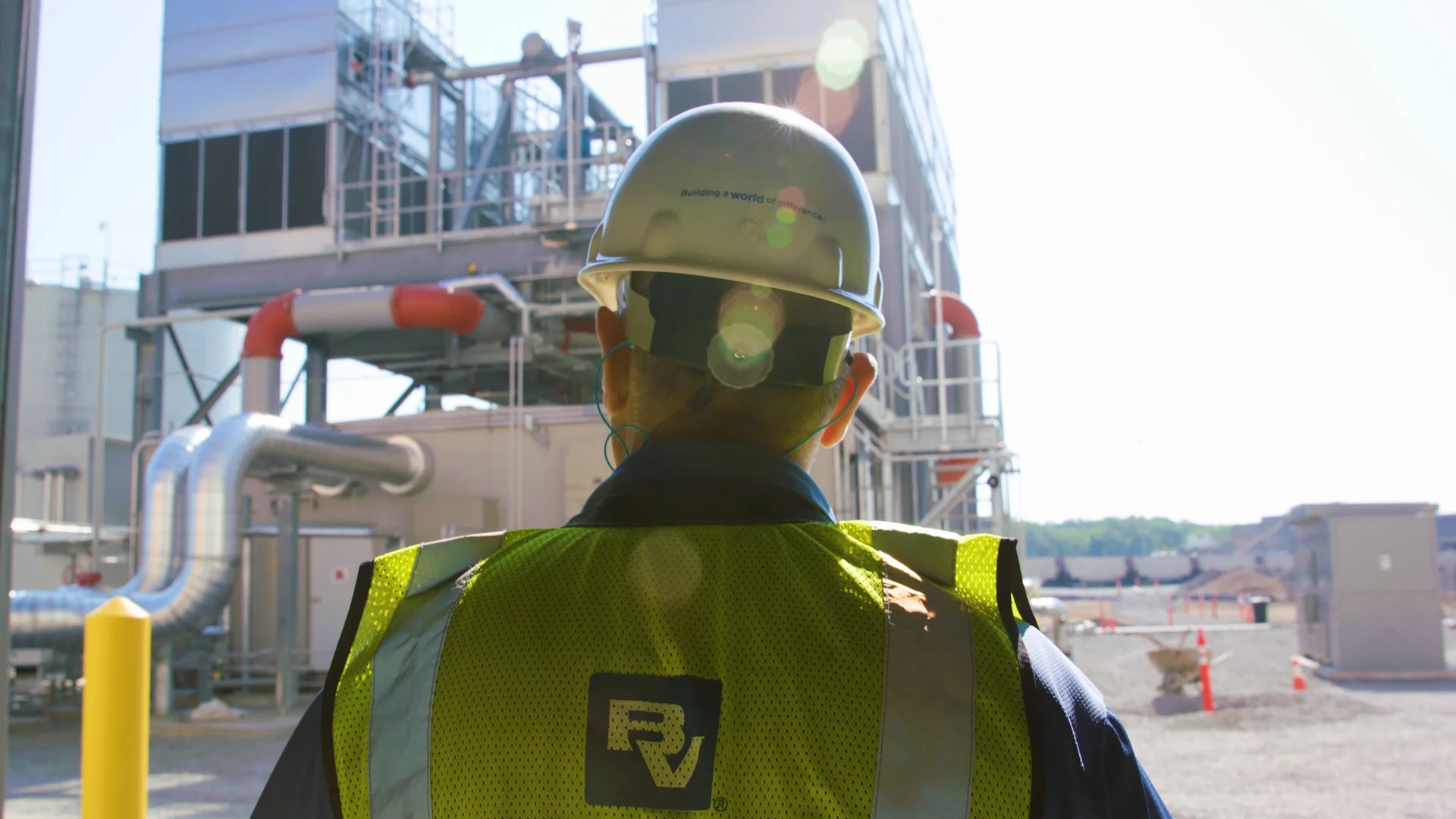BNR complex strengthens the sustainability and resilience of a vital California environmental and water supply resource

- Project Name
- EchoWater BNR Project
- Location
- Elk Grove, California
- Client
- Sacramento Regional County Sanitation District
Protecting California’s livelihood means protecting its water.
In 2010, the state mandated strict new water quality requirements in the discharge permit of the Sacramento Regional County Sanitation District (Regional San). The utility operates the Sacramento Regional Wastewater Treatment Plant (SRWTP), serving the sanitation needs of 1.6 million customers. The new regulations prompted Regional San to implement the EchoWater project, a $1.7 billion upgrade of the SRWTP.
The centerpiece of the upgrade is a biological nutrient removal (BNR) complex designed by Black & Veatch. The complex is comprised of 8 large BNR basins arrayed across 39 acres with the capacity to treat up to 330 million gallons a day (MGD). They eliminate practically all the ammonia and most of the nitrates in the effluent that the SRWTP discharges into the Sacramento River.
What’s in a name?
EchoWater reflects the project’s focus to “bring back” the water in the Sacramento-San Joaquin River Delta.
The Delta is a primary water source for much of Central and Southern California, including municipalities and the agriculture industry. It supports a diverse and fragile ecosystem while millions use it for myriad recreational activities.
With the addition of BNR to the SRWTP along with enhancements to its filtration and disinfection capabilities, Regional San is discharging high-quality effluent into the Sacramento River and increasing its use of recycled water for landscape and agricultural applications. Protecting, ultimately, the water in the downstream Delta.
State-of-the-Art Design
Prior to the EchoWater project, the SRWTP used High Purity Oxygen Activated Sludge (HPOAS) to remove organics and solids in the effluent. Black & Veatch spearheaded the design of the new BNR facilities, replacing the HPOAS technology with a new system that uses microbial populations within aerobic and anoxic environments to remove nearly all ammonia and most nitrate from the effluent.
The Black & Veatch design addressed a range of challenges. While meeting the restrictive nutrient limits required by the state, the design needed to solve extreme influent dynamics in terms of volume and nutrient load from combined sewer systems. Changing influent characteristics because of water conservation will not always be favorable to the BNR process; therefore, a future integrated carbon management and augmentation system could be key to achieving future needs efficiently. Limiting the project’s energy use and overall environmental impact in support of Regional San’s sustainability goals was solved using efficient aeration diffusers, mixing, and blower equipment. Applying dynamic seasonal modeling, assisting in full-scale pilot testing, and cutting-edge applied research, the Black & Veatch team solved all the design challenges on schedule.
Results from the first full year of operation showed that the BNR facilities achieved a high level of treatment while producing a stable effluent with lower aeration and carbon requirements than expected. Scum and foam were nearly non-existent on the basin and settling rates in the final clarifiers were stable while staying below design values. At one point, a record rainfall brought more than 500 MGD into the plant. The facilities proved their resilience, handling the maximum 330 MGD (the excess was stored in equalization basins for treatment later) while continuing to discharge high‐quality effluent.
In addition to the design, Black & Veatch provided planning, construction support, and start‐up and commissioning support services for the new BNR facilities.
Contact Us
Looking for a partner in innovation?
Let's Talk
